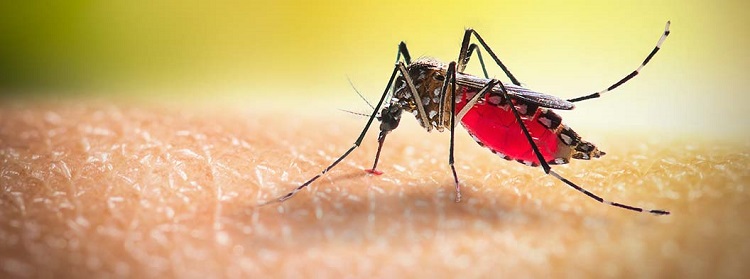Dengue Fever Seattle

In the Pacific Northwest, Seattle stands as a beacon of innovation, culture, and natural beauty. However, beneath the picturesque landscape lies a potential health concern that has garnered attention in recent years—Dengue fever. Traditionally associated with tropical and subtropical regions, Dengue fever has surfaced as a growing worry in Seattle, posing challenges and raising awareness among residents and healthcare authorities.
Dengue fever, caused by the Dengue virus transmitted through the bite of infected Aedes mosquitoes, has seen a shift in its prevalence. Typically prevalent in tropical and subtropical areas, climate change, global travel, and urbanization have contributed to the expanded geographic range of the Aedes mosquito. Seattle’s temperate climate was once deemed unsuitable for these mosquitoes, but changing environmental conditions have altered this perception.
The concern in Seattle arises from the potential for these mosquitoes to thrive in warmer temperatures, increasing the risk of Dengue virus transmission. With rising global temperatures and unpredictable climate patterns, the city has experienced more instances of mosquito activity during the warmer months, raising alarms among public health officials.
The city’s diverse population and frequent international travel connections further compound this concern. Residents and travelers returning from Dengue-endemic regions could inadvertently introduce the virus, potentially sparking local transmission if bitten by local mosquitoes.
Recognizing the potential threat, Seattle’s health authorities have been proactive in implementing preventive measures and raising awareness. Strategies such as community outreach programs, education on mosquito control, and surveillance efforts to detect and respond to potential outbreaks have been initiated. Additionally, public health campaigns emphasize the importance of personal protection measures, including using insect repellents, wearing long-sleeved clothing, and eliminating mosquito breeding sites.
However, challenges persist in combating Dengue fever in Seattle. The absence of a specific antiviral treatment or widely available vaccine against Dengue poses a significant hurdle. Diagnosis can be challenging, as symptoms often mimic those of other illnesses, leading to delayed or misdiagnosed cases.
The collaborative effort between health authorities, researchers, and the community remains pivotal. Ongoing research into mosquito control methods, vaccine development, and innovative diagnostic tools is crucial in mitigating the impact of Dengue fever in Seattle.
Residents also play a vital role in preventing the spread of Dengue fever. Vigilance in eliminating standing water where mosquitoes breed, adhering to recommended travel precautions, and promptly seeking medical attention upon experiencing symptoms are essential actions that the community can take.
While the threat of Dengue fever in Seattle is a cause for concern, it is not insurmountable. Through continued vigilance, education, and collaborative efforts among authorities and the community, Seattle can bolster its defenses against the spread of Dengue fever.
Conclusion
Dengue fever’s emergence in Seattle serves as a stark reminder of the evolving landscape of infectious diseases influenced by global factors. By adopting a multifaceted approach encompassing prevention, education, research, and community engagement, Seattle can effectively address and mitigate the risks associated with Dengue fever, safeguarding the health and well-being of its residents.





